Col. Mark Kimball, commander of the 28th Operations Group at Ellsworth Air Force Base, has been relieved of his command following a loss of trust and confidence in his ability to lead, according to a press release from the Air Force Global Strike Command Public Affairs.
This decision by Col. Derek C. Oakley, commander of the 28th Bomb Wing, stems from the findings of an Accident Investigation Board (AIB) report into the crash of a B-1B bomber on January 4.
The crash occurred during the landing sequence after a training flight. All four crew members were able to eject from the aircraft, with two sustaining minor injuries. The incident led to the complete loss of the $450 million bomber.
According to the AIB report, the primary cause of the accident was the crew’s failure to properly manage the aircraft’s airspeed and angle of approach, compounded by changes in local wind direction during landing.
The report highlighted multiple contributing factors, including poor crew resource management, adverse weather conditions, ineffective flight operations supervision, and a lack of situational awareness regarding airfield conditions.
It also pointed to an organisational culture at Ellsworth AFB that tolerated deteriorating airmanship skills, lack of discipline, poor communication, and insufficient adherence to regulations.
Col. Oakley stated, “Col. Mark Kimball was relieved of command due to a loss of trust and confidence in his ability to command, based on the findings of an Accident Investigation Board report into the Jan. 4 crash of a B-1B bomber at Ellsworth.”
The U.S. Air Force Global Strike Command has announced that appropriate corrective actions will be taken in response to the report’s findings. For detailed information, the Accident Investigation Board report is available on the Air Force Judge Advocate General Accident Investigation Board website.
At the UK Defence Journal, we aim to deliver accurate and timely news on defence matters. We rely on the support of readers like you to maintain our independence and high-quality journalism. Please consider making a one-off donation to help us continue our work. Click here to donate. Thank you for your support!


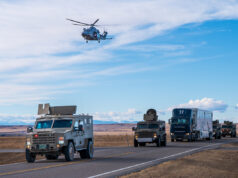

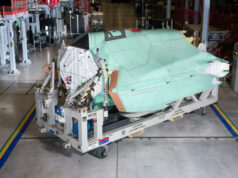
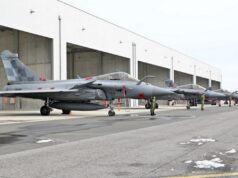

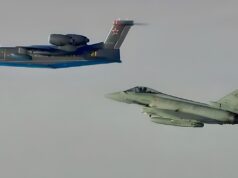
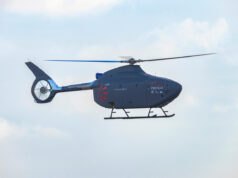

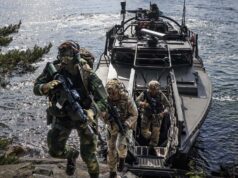
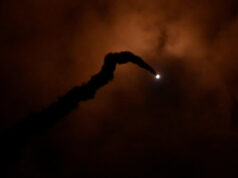

Oh dear 😟 it’s my favourite Bomber. Anybody know how many are in service ?
Costly incident. Wondering how this came about. Pilot may have been at fault but sometimes easier to come to that conclusion than address bigger problems.
Reading the Article it does seem a little odd.
They fired the Ops Boss. A bad culture and poor performance from all envolved.
The USAF is required to keep 45 B-1s in service until the B-21s replace them. The USAF took a B-1 out of the Boneyard to replace this one.
The Air Force Keeps Pulling Old B-1B Lancer Bombers from the ‘Boneyard’ (msn.com)
Believe 44 as a result of this crash. It will require an extended time period to restore an additional a/c from the Boneyard.
Cheers 👍
Congress mandated 45 B1B in service so as @FormerUSAF says one of the Boneyard residents will need to be returned to service, which was always the plan for this scenario.
Search ‘B1 Lancelot’ for more on that..
“The crash occurred during the landing sequence after a training flight. All four crew members were able to eject from the aircraft, with two sustaining minor injuries.”
The standard civilian training approach is certification for type on an increasingly complex set of aircraft and scenarios:
1.Single engine
2.Twin engine
3.Multiple engine
A.Visual Meteorological Conditions (Plain sight)
B.Instrument Meteorological Conditions (Cloud)
C.Night Flying (Different from clouds)
A lot of hours in the log book required too (>15,000h). Certification for type means deep knowledge of a specific make and model of aircraft.
Because commercial aircraft are expensive (£100Mn) and not fitted with ejection seats, the standard training approach is a lot of hours in the type simulator, which safeguards pilots, aircraft and operation costs. Since the current glass cockpits are fully digital, the simulators are both the same as actual aircraft and also part of the research and development process.
This is unlikely to be true of legacy military aircraft produced in small numbers, which means less good simulators, if any, and so a need for real world flown aircraft hours to get mission ready pilots and aircrew.
It’s apparent from the B21 development being fully digital from design, build, test, deploy that simulation is part of the research and development process like modern commercial aircraft.
So B21 pilots will have a digital OCU experience with simulators both for aircraft operation training and probably the tactics needed to fight, too. Logically other modern types like F-35 will be part of a full battlespace simulation sharing their sensor data for the advantage of all missions.
Given that this advantage safeguards the war fighters and doesn’t come cheap, these capabilities will only become public when there is deterrent value in doing that, so for now we can only imagine what integrated digital engineering can deliver.
The report is linked in the article.
Just really poor performance all round. Not issuing a NOTAM for failed runway equipment, not passing another NOTAM to the crew, not using weather updates, not setting minimum height alarms, going from an instrument landing to visual at the last minute, approaching the wrong end of the runway! approaching too fast, not realising that throttling down also apparently costs you height…